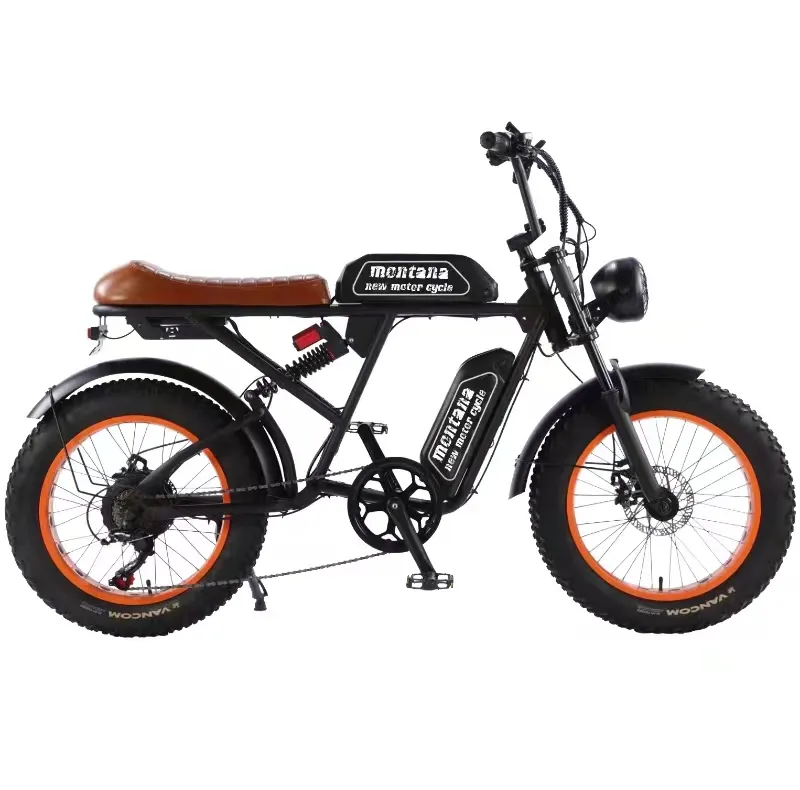
- Afrikaans
- Albanian
- Amharic
- Arabic
- Armenian
- Azerbaijani
- Basque
- Belarusian
- Bengali
- Bosnian
- Bulgarian
- Catalan
- Cebuano
- Corsican
- Croatian
- Czech
- Danish
- Dutch
- English
- Esperanto
- Estonian
- Finnish
- French
- Frisian
- Galician
- Georgian
- German
- Greek
- Gujarati
- Haitian Creole
- hausa
- hawaiian
- Hebrew
- Hindi
- Miao
- Hungarian
- Icelandic
- igbo
- Indonesian
- irish
- Italian
- Japanese
- Javanese
- Kannada
- kazakh
- Khmer
- Rwandese
- Korean
- Kurdish
- Kyrgyz
- Lao
- Latin
- Latvian
- Lithuanian
- Luxembourgish
- Macedonian
- Malgashi
- Malay
- Malayalam
- Maltese
- Maori
- Marathi
- Mongolian
- Myanmar
- Nepali
- Norwegian
- Norwegian
- Occitan
- Pashto
- Persian
- Polish
- Portuguese
- Punjabi
- Romanian
- Russian
- Samoan
- Scottish Gaelic
- Serbian
- Sesotho
- Shona
- Sindhi
- Sinhala
- Slovak
- Slovenian
- Somali
- Spanish
- Sundanese
- Swahili
- Swedish
- Tagalog
- Tajik
- Tamil
- Tatar
- Telugu
- Thai
- Turkish
- Turkmen
- Ukrainian
- Urdu
- Uighur
- Uzbek
- Vietnamese
- Welsh
- Bantu
- Yiddish
- Yoruba
- Zulu
Dec . 11, 2024 13:24 Back to list
Choosing the Right Size for Your Mountain Bike A Comprehensive Guide
Understanding Mountain Bike Sizes Finding Your Perfect Fit
When it comes to mountain biking, choosing the right bike size is paramount to ensuring a comfortable and enjoyable riding experience. An ill-fitting bike can lead to inefficient pedal strokes, increased fatigue, and even injuries. Thus, understanding mountain bike sizes is crucial for riders of all levels, whether you are a beginner or a seasoned cyclist.
The Basics of Mountain Bike Sizes
Mountain bike sizes typically correspond to the rider's height and inseam measurement, which is the distance from the floor to the groin. The right size can vary significantly among different brands and models, so it’s essential to consult the specific brand's size chart. Generally, mountain bikes come in various frame sizes, categorized as XS (extra small), S (small), M (medium), L (large), and XL (extra large).
Frame Geometry
The geometry of a mountain bike's frame plays a significant role in its overall sizing. Key components that determine the fit include the top tube length, seat tube length, and standover height. A good mountain bike will enable riders to stand over the top tube comfortably while wearing shoes, with a clearance of about 1 to 2 inches. This will help protect the rider in case of sudden stops or falls.
Choosing the Right Size
1. Measure Your Height and Inseam The first step in selecting the right mountain bike size is accurately measuring your height and inseam. Stand against a wall and mark your height, then use a measuring tape to find your inseam measurement while standing straight.
mountain bike sizes

2. Consult Size Charts After obtaining your measurements, refer to the manufacturer’s size chart. Each brand may have slightly different measurements for each size, so be aware of these variations.
3. Test Ride Whenever possible, test ride different sizes. This is arguably the most critical step. Riding a bike will allow you to feel the fit and make informed decisions based on comfort and handling. Ensure you have a slight bend in your knees while pedaling, and that your elbows are relaxed.
4. Adjustability Some mountain bikes come with adjustable seat posts or stems, which can help achieve a better fit. Consider how much adjustability is available in the bike you are interested in.
Effects of an Ill-Fitting Bike
Riding a bike that is too small or too large can lead to several issues. If the bike is too small, you may find yourself crammed into the cockpit, with elbows and knees hitting the frame, causing discomfort. Conversely, rides on an oversized bike can lead to a lack of control, particularly on technical trails. Both situations can lead to inefficient energy expenditure and increase the risk of injuries.
Conclusion
Selecting the right mountain bike size is not just a matter of comfort; it is essential for optimal performance and safety. By measuring your height and inseam, consulting size charts, and taking the time to test ride different bikes, you can find the perfect fit that will enhance your riding experience. Remember, a well-fitted bike will not only improve your confidence on the trails but also make your time spent cycling much more enjoyable. Happy riding!
-
The Ultimate Kids' Four-Wheeler Experience
NewsJul.09,2025
-
The Ultimate Guide to Mountain Bikes: Gear Up for Your Ride
NewsJul.09,2025
-
The New Age of Cycling: Electric Bikes for Every Rider
NewsJul.09,2025
-
The Best Kids Bicycles: Ride in Style and Safety
NewsJul.09,2025
-
The Best 3-Wheel Scooters for Kids: Fun, Safety, and Adventure
NewsJul.09,2025
-
Revolutionize Your Ride: Affordable Electric Bikes
NewsJul.09,2025
-
Finding the Perfect Mountain Bike for Every Rider
NewsJul.09,2025



